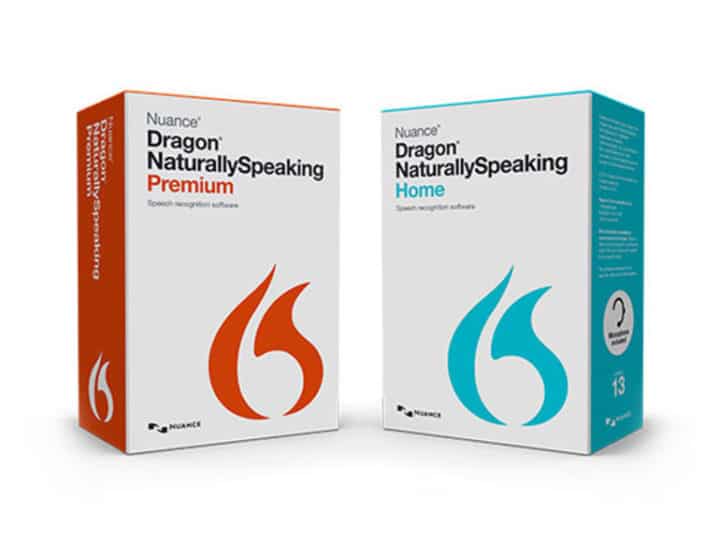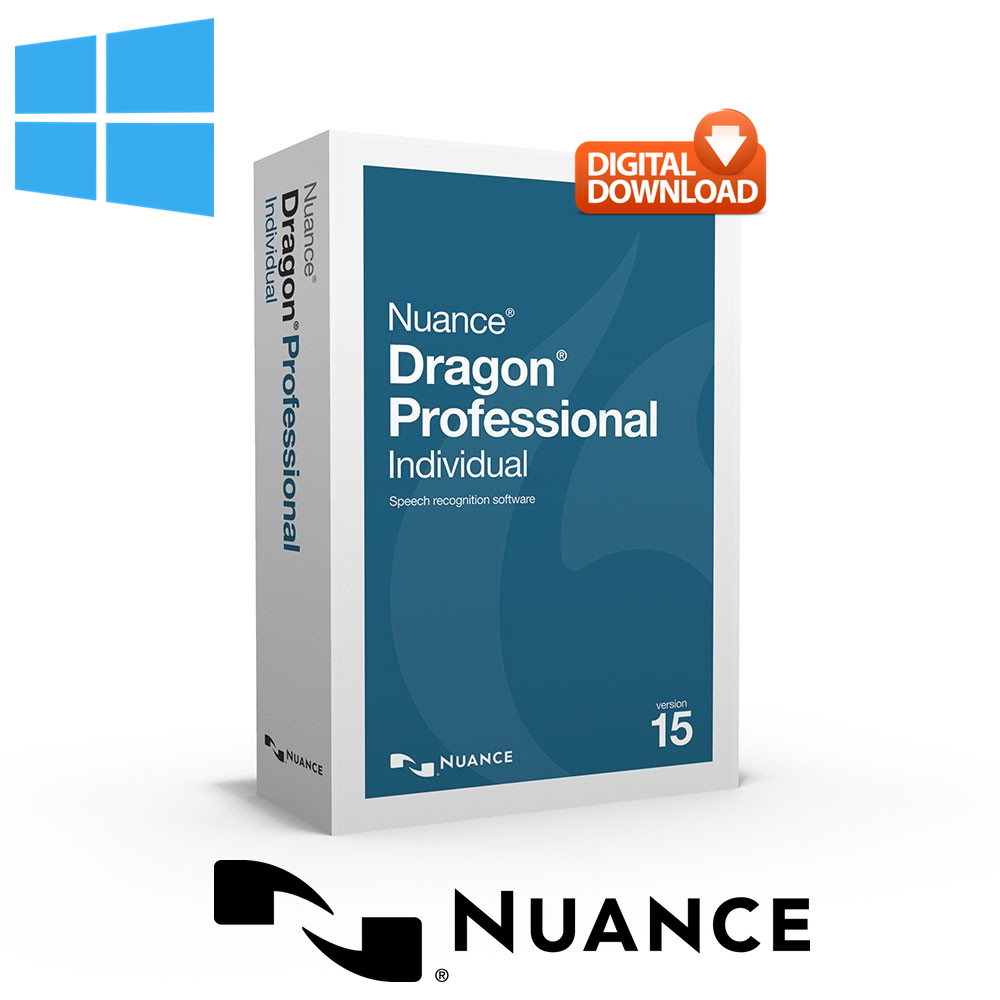
Visual labels that don’t match the accessible name of a control Missing visual labels also provide issues for cognitive impaired users. This technique however may not be as effective.
#DRAGON NATURALLY SPEAKING SOFTWARE TYPE SOFTWARE#
Speech recognition software often has commands to place a number by all interactive controls or interactive controls of a certain type - then the number can be voiced to focus or activate the control. When controls do not have visual text labels users of speech recognition may not know what text to voice to directly activate the control. Speech recognition software provides commands to scroll the body of web pages. Please note, this does not apply to pages that happen to scroll because content in the body element will not fit on-screen at one time.

Unless an item in the scrollable div can be focused there are no Dragon or keyboard commands that can be voiced to scroll the div. Implementations Scrollable containers (e.g. Below is a list of implementations that may present accessibility challenges. All organizations have limitations in time available for testing and thus it is helpful to focus these testing efforts to specific situations that are crucial to evaluate the functional experience with Dragon and other speech recognition software. While many technical solutions to accessibility challenges will benefit users of multiple types of assistive technology there are certain implementations that are more likely to cause issues for users of speech recognition software.
#DRAGON NATURALLY SPEAKING SOFTWARE TYPE SERIES#
On the other hand speech commands such as the mouse grid which allow the user to perform mouse operations including drag and drop by a series of steps to winnow areas of the screen are cumbersome at best and do not provide equivalent facilitation to users of speech recognition. For example, direct voice commands to activate or focus controls by name provide efficiency to users as do keyboard commands in a site or application - these keystrokes can be voiced. It is important to know the commands available with speech recognition software and to be able to identify limitations with speech recognition software versus inaccessible implementations. Historically some people have focused testing efforts with screen readers only this does not accurately reflect the experience of all users including speech recognition users. This functional testing optimally includes speech recognition, screen readers, screen magnification, and other accessibility features used by people with disabilities such as color and contrast software, switch control, and devices used by people who are deaf or hard of hearing etc. The focus of AT testing is not to verify technical compliance but to understand whether the implementation is accessibility supported and whether the content is functional for people with disabilities.

SSB recommends testing with multiple types of assistive technology (AT) whenever possible.


 0 kommentar(er)
0 kommentar(er)
